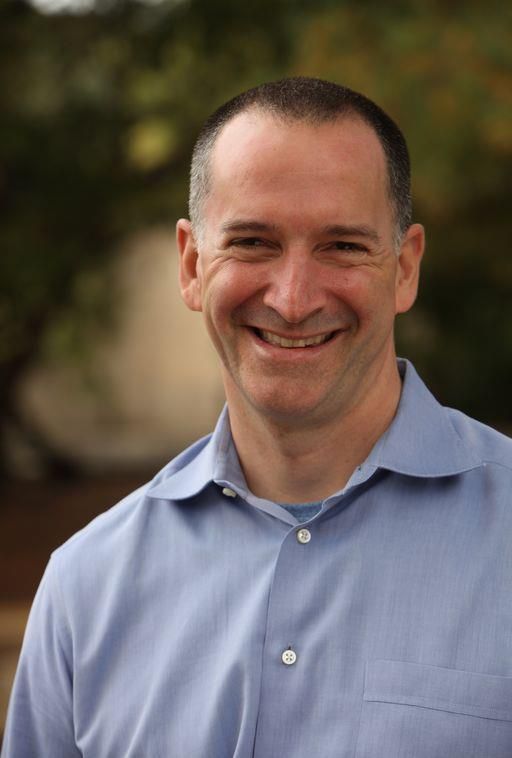We’re in the middle of a veritable financial boom: the stock market is close to record highs; the unemployment rate on Long Island is under 5 percent; and housing prices have rebounded since 2008 to near all time highs.
So why are so many Long Islanders and New Yorkers struggling?
Simply put, the economic benefits of the recent recovery have gone to the upper middle class and wealthy.
In a recent Wall Street Journal article, writer by Ben Leubsdorf observes, “Wealth inequality has deepened over time. The top 3 percent held 54.4 percent of all wealth in 2013, up from 44.8 percent in 1989. The bottom 90 percent held 24.7 percent of the wealth last year, down from 33.2 percent in 1989.”
In other words, the rich are getting richer, and the poor are getting poorer. Since that article was published late in 2014, wealth disparity has grown even more.
With three out of four American families living paycheck-to-paycheck, little things add up, keeping the poor from gaining any ground. For example;
Many working poor who cannot afford bank accounts (because of the restrictions of a minimum balance) are forced to use payday lenders to cash paychecks.
These lenders charge a 3 percent fee, which amounts to $900 per year on a $30,000 salary.
If they can’t make it to payday and need a loan, no problem. Payday lenders are happy to provide short-term loans at the equivalent rate of up to 400 percent per year.
In his 2013 New York Times article, Thomas B. Edsall explains the typical payday borrower “conducted 10 transactions over the 12-month period and paid a total of $458 in fees.”
Also, poor people can’t afford to purchase in bulk.
Living paycheck to paycheck, they end up paying a higher unit price by purchasing items individually.
Add on late payment fees for credit cards, rent and utility bills, with interest rates up to 18 percent or more annually, and you start to see how difficult (dare I say impossible) it is to get ahead.
If you can’t afford a car on Long Island you are limited to using public transportation.
In Nassau County the cuts to the NICE bus system are actually a tax on the poor. It takes people longer to get to work because there are fewer routes, which cuts into the time low wage employees can actually be on the job earning money.
Accessibility to cost-effective shopping is also diminished because of fewer bus routes.
For example, the local deli charges much more for groceries than a large supermarket. If time is money, cutting bus routes is a financial sinkhole, and a drain on the economy at the expense of the working poor.
Can’t afford a new TV or furniture?
No problem. Rent-to-own outlets let you pay in low monthly installments with interest.
That new flat screen or sofa ends up costing twice as much as it would have if you could pay up front.
Need a car loan and have bad credit? No problem. You can get a $10,000 car loan at 20 percent interest with no money down.
The only problem is this will cost you $900 more per year than a standard 5 percent loan over five years.
Once you have that car you can get a high interest title loan if you need quick cash. However, if you miss a payment and your car is impounded, you’re left with nothing but a mountain of insurmountable debt.
Need health insurance?
No problem. The Affordable Care Act, otherwise known as ObamaCare, has created Health Exchanges in New York.
However, the cheapest health plans have yearly deductibles as high as $10,000.
Even with insurance one trip to the hospital can put you into bankruptcy.
As a result, the poor are reluctant to go to the doctor, which ends up costing more when you become acutely ill.
If you are poor and something in your house breaks you can’t afford to fix it. Preventative maintenance is cost effective.
As an example, a small leak in your roof can be cheap and easy to fix; unattended, it will lead to more water damage and greater expense.
The Federal Reserve says 40 million American households survive on $30,000 a year or less.
In reality, living without excess capital and with bad credit is a hidden tax on the poor.
For the average low-income family this adds up to approximately 10 percent of yearly wages, or $2,500 a year.
There’s a sad truth to writer James Baldwin’s famous quote, “It’s expensive being poor.”
Answers to many of these problems can be found in higher wages, well funded public transportation and better employment opportunities.
Substantially raising the minimum wage is a good place to start helping those most in need.
Recognizing the truth of how the working poor are nickeled and dimed to death is essential to closing the income gap of the haves and have nots.



